How To Plant Fruit Seeds: Tips For Sowing Seeds From Fruit
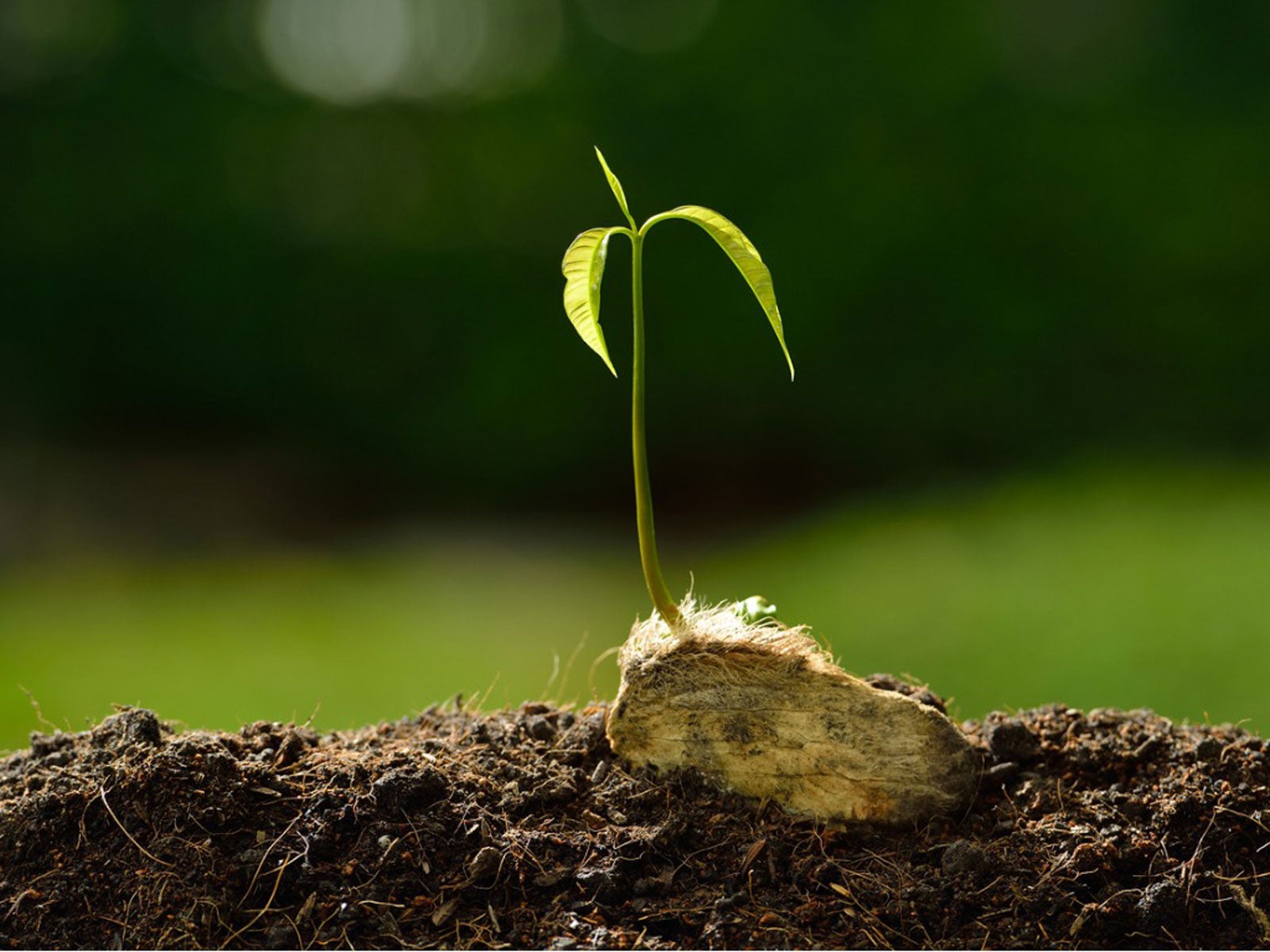

Among the bramble of red raspberry canes under the shade of a huge silver maple, a peach tree sits in my backyard. It's an odd place to grow a sun-loving fruit tree, but I didn't exactly plant it. The peach is a volunteer, undoubtedly sprouted from a pit lazily discarded.
Growing Plants from Fruit Seeds
If you've ever wondered if it's possible to plant seeds from fruit and grow your own fruit trees, the answer is yes. However, I would suggest a more direct approach than tossing peach pits into the raspberry patch. Before you head to the grocery on a seed scouting expedition though, there are a few things you should know about planting fruit seeds.
First of all, the most common types of fruit trees are propagated by grafting or budding. This would include fruit such as apples, peaches, pears, and cherries. Propagating by these methods gives exact clones of desired varieties. Thus, grafting a Honeycrisp apple branch onto a suitable rootstock creates a new tree that produces Honeycrisp apples.
This isn't always the case when planting fruit seeds. Many seeds are heterozygous, meaning they contain the DNA from the mother tree and pollen of another tree of the same species. That other tree might be your neighbor's crabapple or a wild cherry growing alongside a vacant field.
Therefore, growing plants from fruit seeds might produce trees that don't look like or produce the same quality of fruit as the original. While growing apple or cherry seeds is not the best method for propagating your favorite types of fruit, it is a way to discover new varieties. It's also how we came to have apple cultivars such as McIntosh, Golden Delicious, and Granny Smith.
Additionally, not all gardeners start seeds from fruit for the purpose of growing more fruit. Planting fruit seeds can create ornamental container-grown indoor trees. Orange, lemon, and lime blossoms impart a lovely citrus aroma to any room. The leaves of aromatic trees can also be crushed and used in potpourri.
How to Plant Fruit Seeds
Planting fruit seeds isn't too different from starting tomato or pepper seeds. If you'd like to undertake this project, here are some tips to get you started:
Gardening tips, videos, info and more delivered right to your inbox!
Sign up for the Gardening Know How newsletter today and receive a free copy of our e-book "How to Grow Delicious Tomatoes".
- Start with clean, mold-free seeds. Wash and thoroughly dry fruit seeds to ensure good germination. Experiment with germination methods. Start seeds from fruit in a quality seed starting soil mix, coir seed pellets, or use the plastic bag method. Fruit seeds can take longer than vegetable seeds to sprout, so patience is needed.
- Know when to plant fruit seeds. Fruit seeds which require a chill period usually germinate better in the spring. To determine if a species requires a chill period, consider where it's normally grown. If it's winter-hardy in northern climates, there's a good chance it falls into this category. Stratify seeds which require a chill period. Plant these fruit seeds in prepared beds in the fall if overwintering in the ground provides the appropriate chill period. Or cold stratify seeds in the refrigerator for one to two months when starting these seeds in the spring.
- Don't stratify tropical fruit seeds. Many tropical and subtropical fruit seeds germinate better when planted fresh. Start these seeds year round. Prep seeds for better germination. Soak citrus seeds in warm water overnight. Nick the heavy shell of larger seeds.
- Not all store-bought fruit have viable seeds. Dates are often pasteurized; mango seeds have a short shelf life and some imported fruits may have been irradiated to prolong their freshness.

Laura Miller has been gardening all her life. Holding a degree in Biology, Nutrition, and Agriculture, Laura's area of expertise is vegetables, herbs, and all things edible. She lives in Ohio.
-
 Looking For Plants To Give You The Soft And Fuzzies? Try These 5 Fuzzy Leaf Plant Options
Looking For Plants To Give You The Soft And Fuzzies? Try These 5 Fuzzy Leaf Plant OptionsLovers of texture, drama, silver foliage and tactile plants will adore these special sensory garden additions. These fuzzy leaf plant options will leave you all aglow
By Susan Albert
-
 Get Ready For A Summer Of Hummers! Grow These Full Sun Hummingbird Plants and Flowers
Get Ready For A Summer Of Hummers! Grow These Full Sun Hummingbird Plants and FlowersIf you’re lucky enough to enjoy a sunny backyard, make sure you are maxing out on your pollinator opportunities and grow these full sun hummingbird plants and flowers
By Tonya Barnett
-
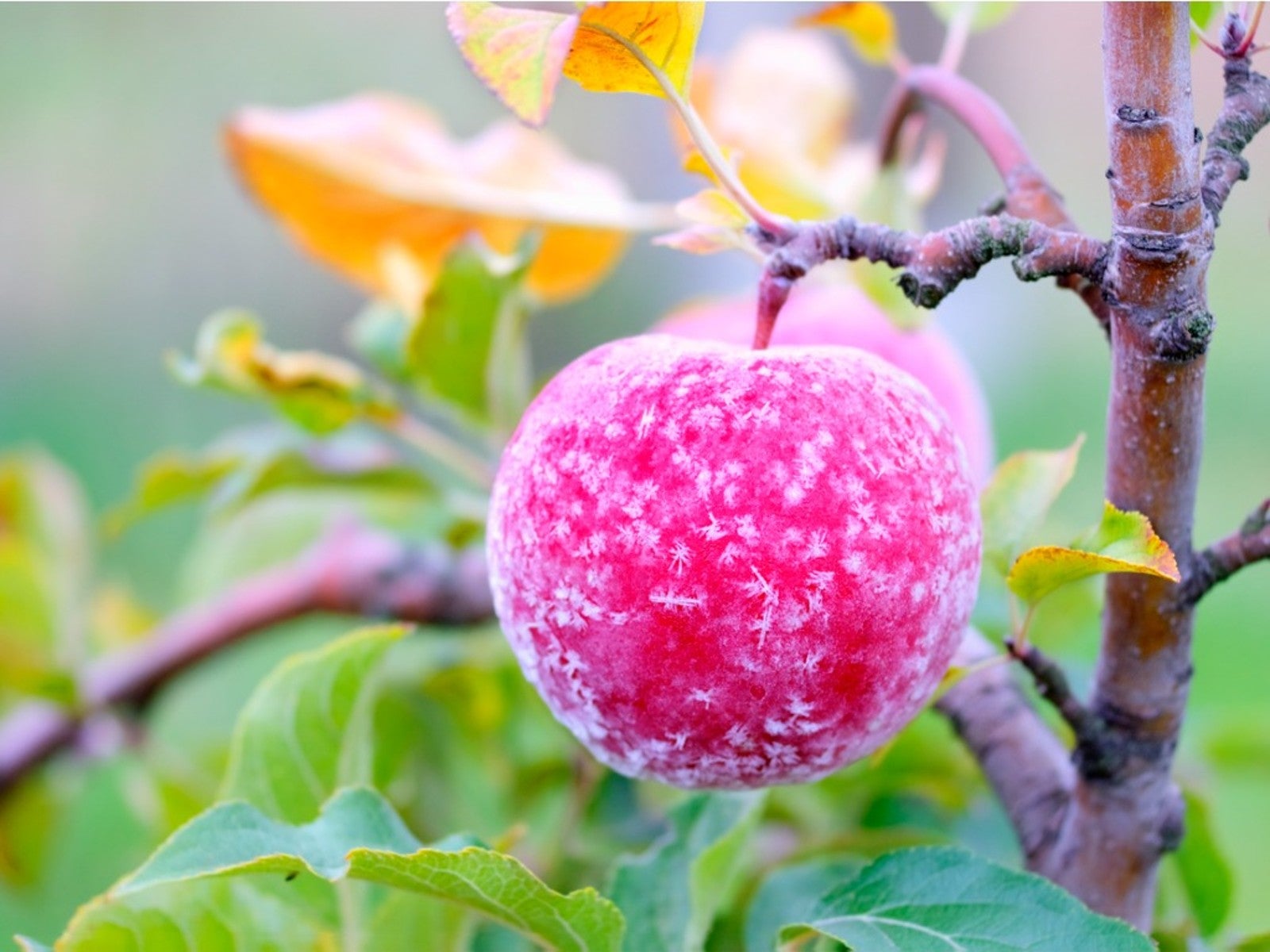 How To Protect Fruit Trees From Frost And Freeze
How To Protect Fruit Trees From Frost And FreezeChoosing fruit trees appropriate for your growing zone is best, but you still may need to protect them from extreme cold. Read how.
By Bonnie L. Grant
-
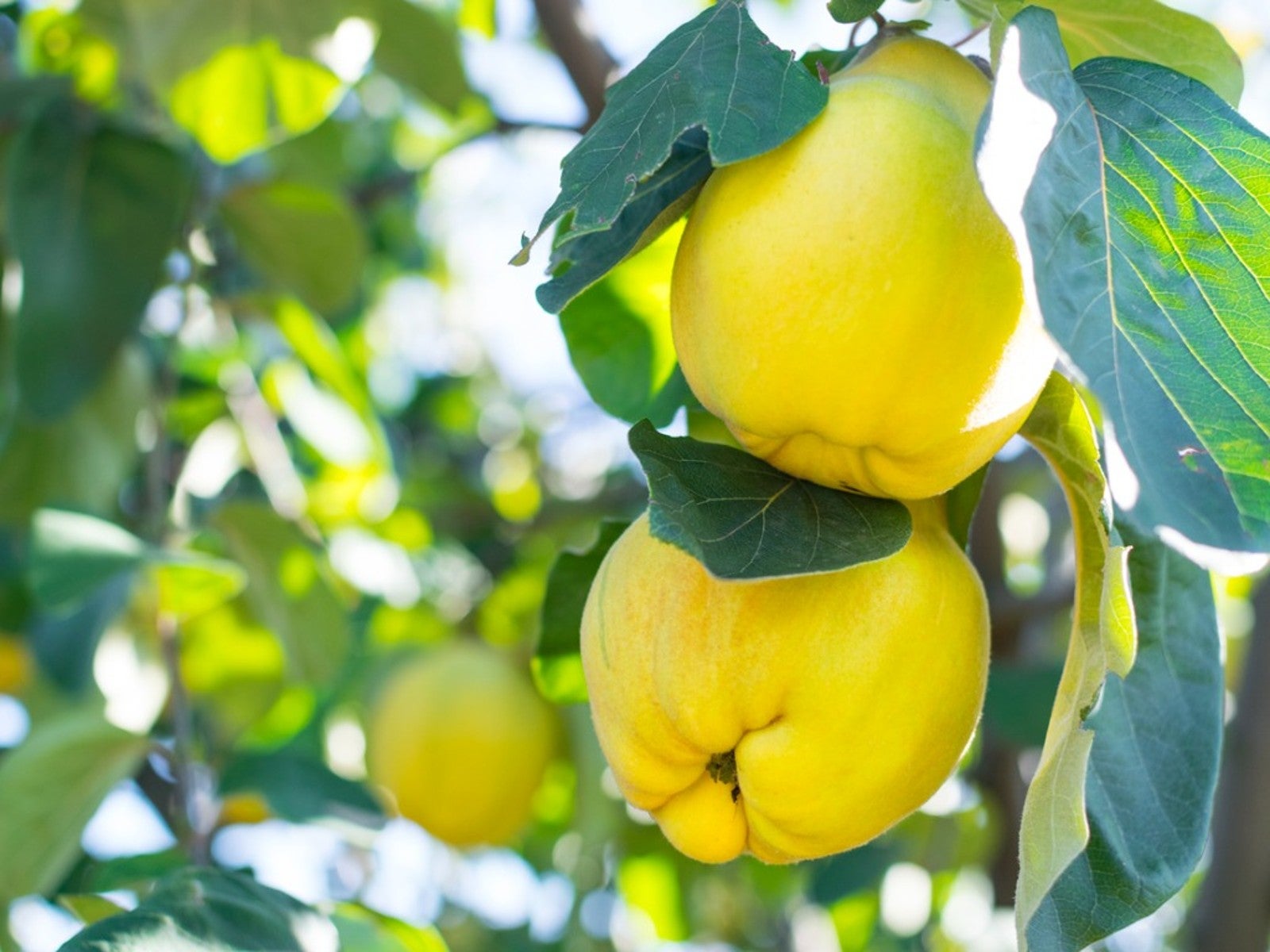 Best Plants For Late Summer and Fall Fruit Harvest
Best Plants For Late Summer and Fall Fruit HarvestEven if you don’t have the optimal conditions for more common fruit trees, there are other end of summer fruits to enjoy.
By Teo Spengler
-
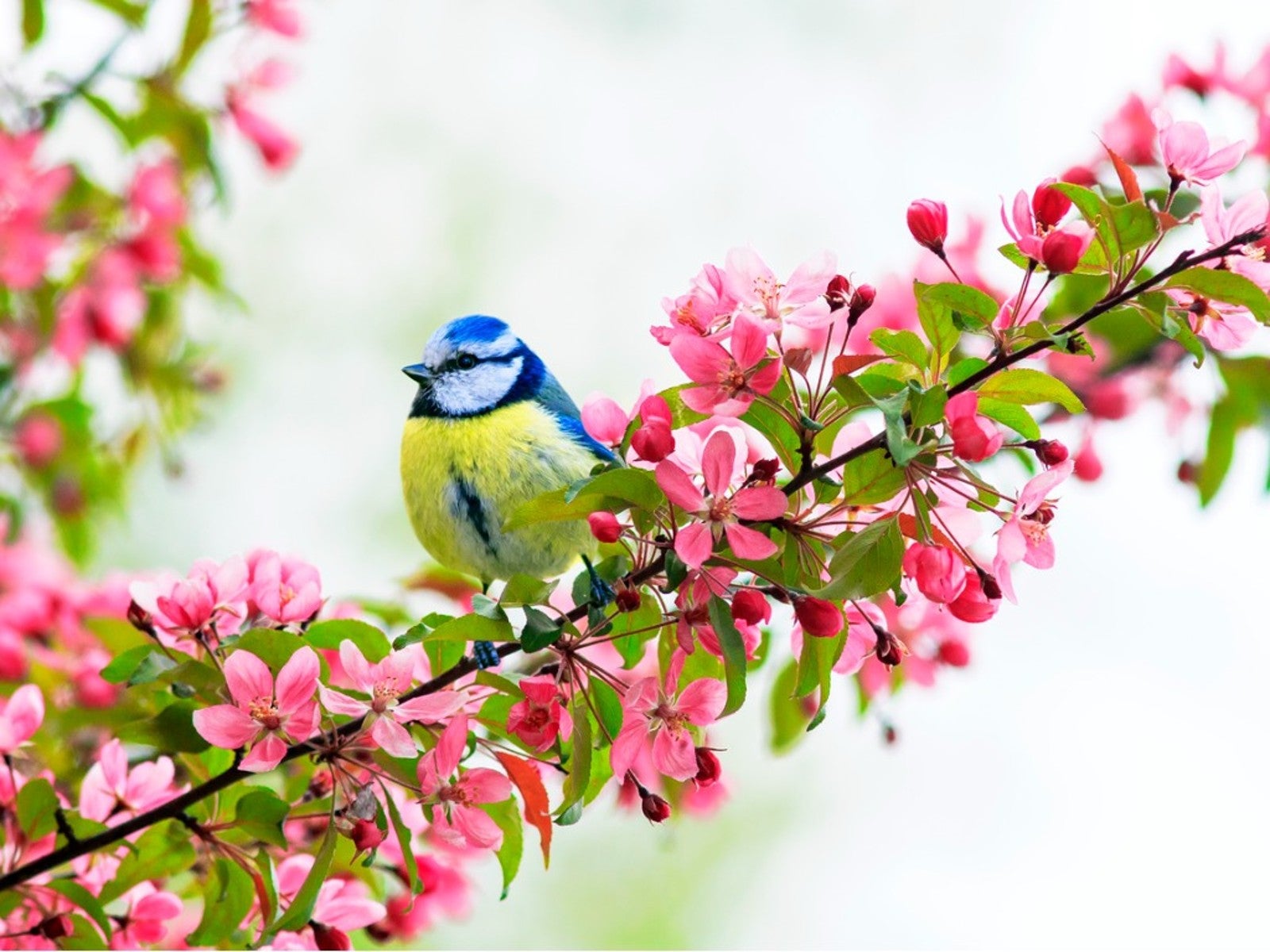 Best Native Fruit Trees To Support Wildlife
Best Native Fruit Trees To Support WildlifeIf you want trees that will attract and feed wildlife, learn the best kinds of edible fruit and nut trees to plant for inviting specific creatures.
By Teo Spengler
-
 Orange Fruit Varieties: Growing Fruits That Are Orange
Orange Fruit Varieties: Growing Fruits That Are OrangeOrange colored fruit isn’t limited to the citrus orange. There are plenty of other orange colored fruit varieties, each packing a healthful punch. Read on for more.
By Amy Grant
-
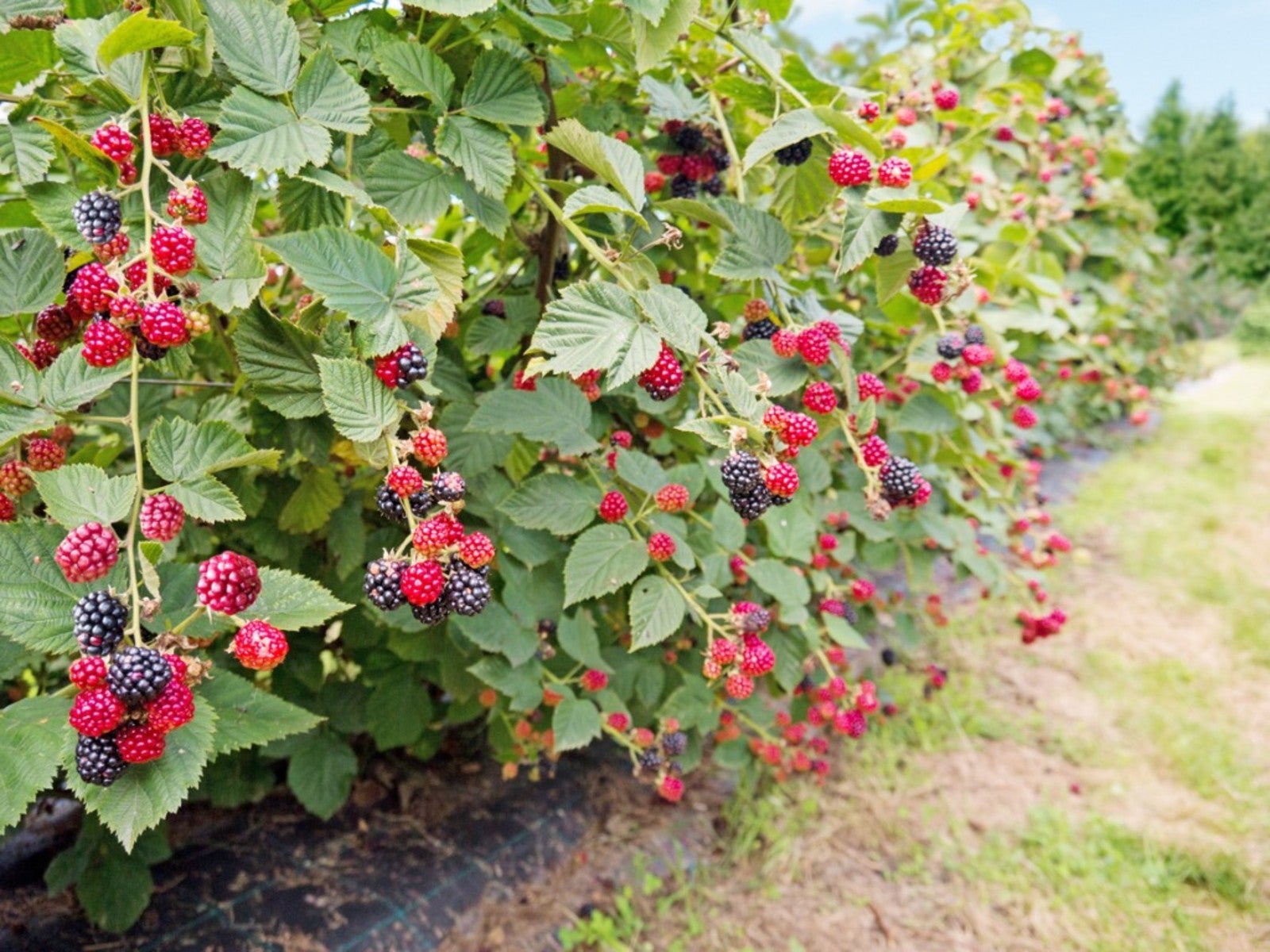 Everbearing Plants: Learn About Everbearing Varieties Of Fruit
Everbearing Plants: Learn About Everbearing Varieties Of FruitWhat does everbearing mean? And more importantly, how do everbearing varieties differ from non-everbearing types? Read on for more.
By Laura Miller
-
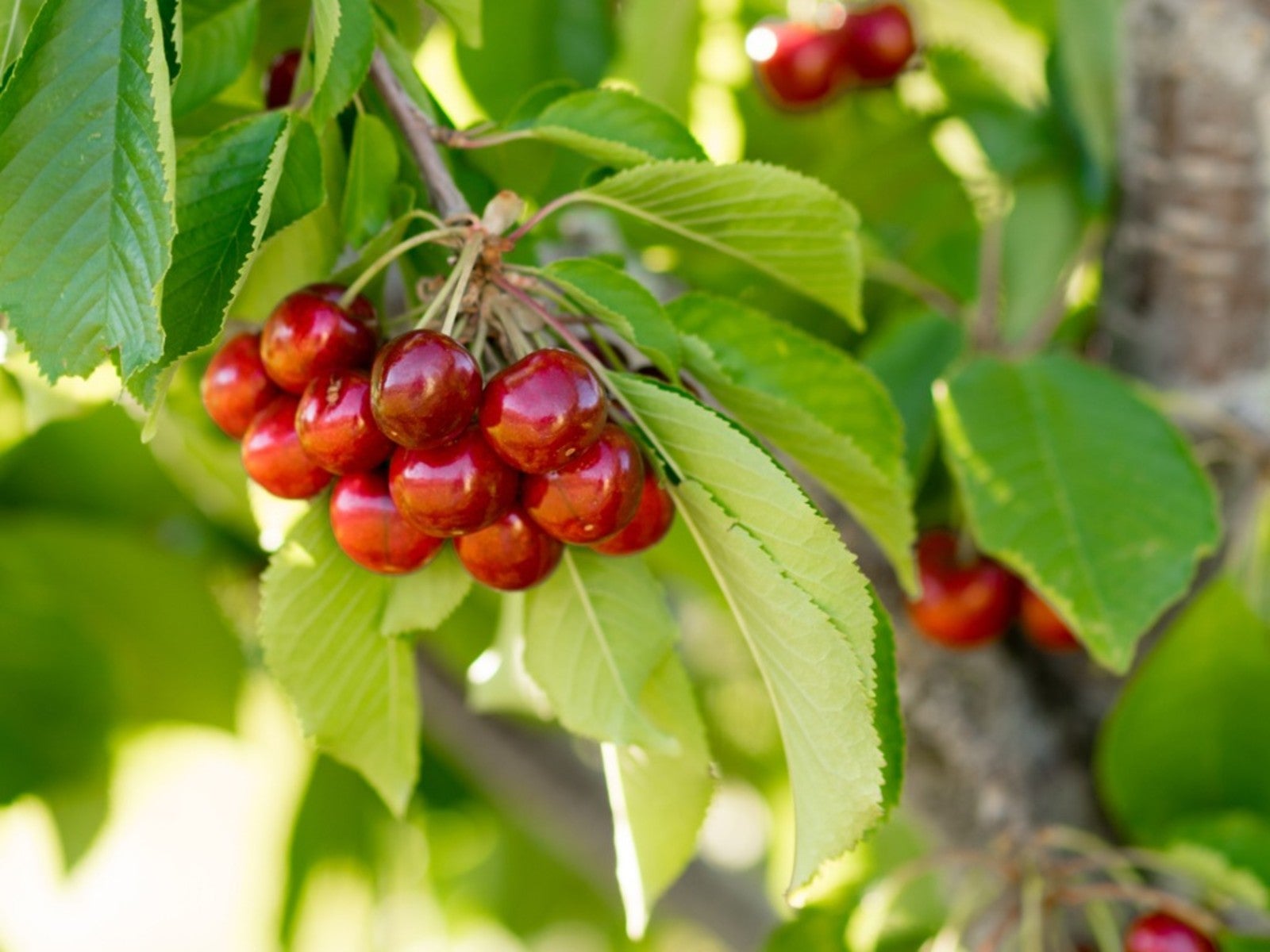 Plant A Red Fruit Garden: Growing Fruits With Red Flesh
Plant A Red Fruit Garden: Growing Fruits With Red FleshPlanting a red fruit garden may seem a bit whimsical. That is, until you realize the health benefits of consuming fruits with red flesh.
By Laura Miller
-
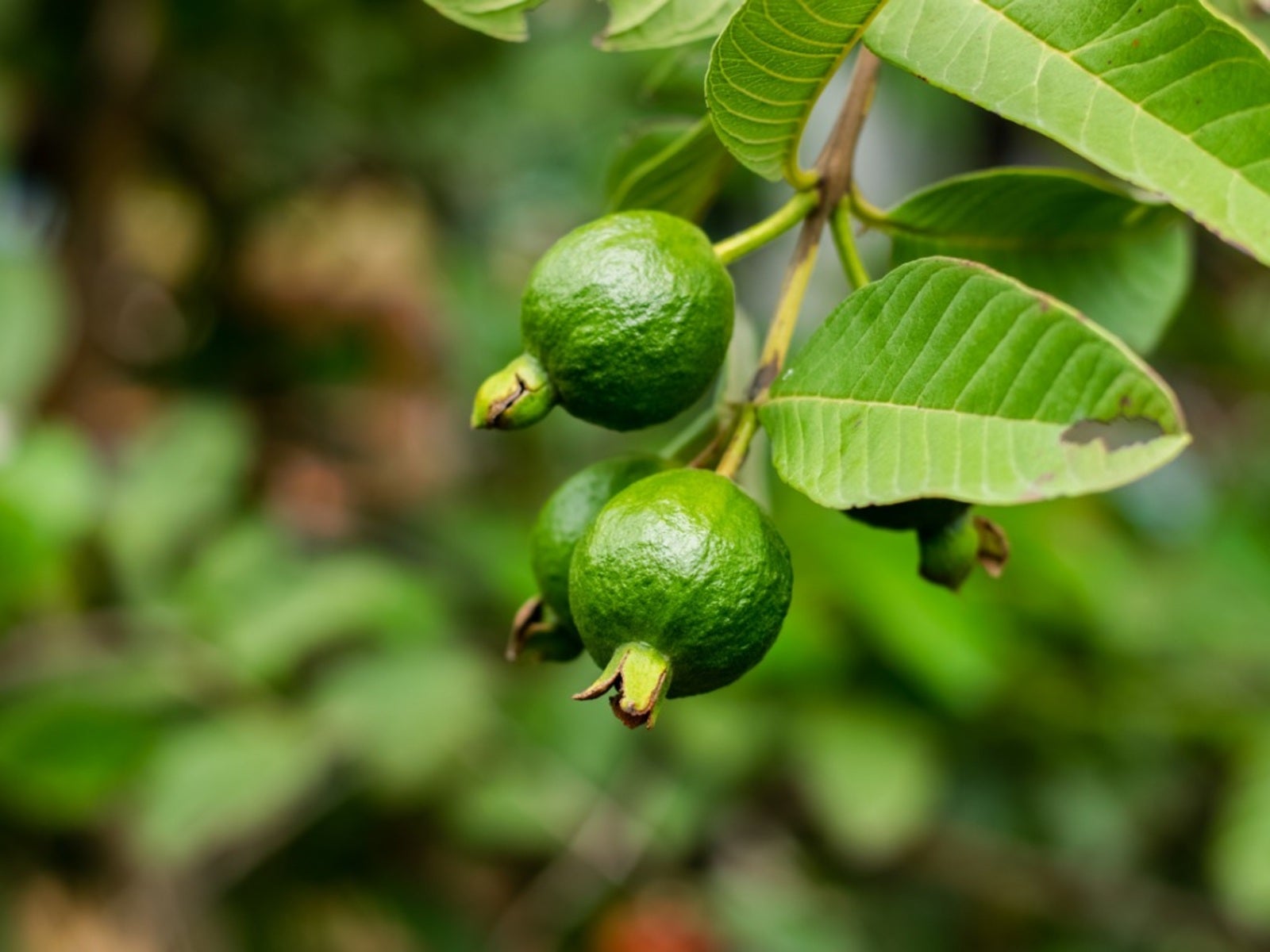 Heat Tolerant Fruits - Growing Fruit In Hot Weather
Heat Tolerant Fruits - Growing Fruit In Hot WeatherSome fruit grows in extreme heat naturally. But there are also specially cultivated, heat-tolerant varieties. For more information on heat tolerant fruits, read on.
By Teo Spengler
-
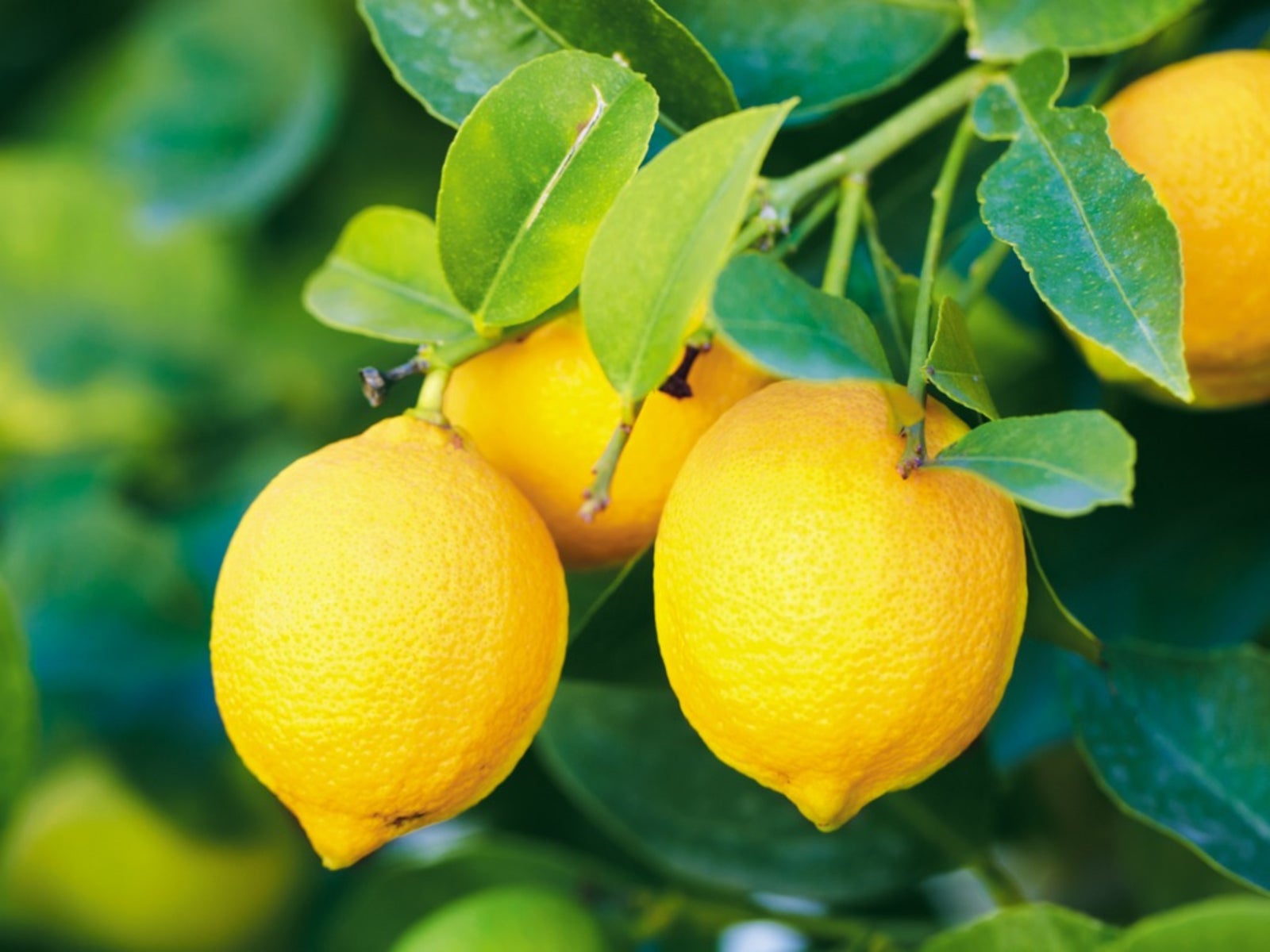 Yellow Fruit Varieties - Growing Fruit That Is Yellow
Yellow Fruit Varieties - Growing Fruit That Is YellowWhat fruit is yellow? There's more than the bananas at the supermarket. Try growing yellow fruit for a consistent supply of sunny food.
By Bonnie L. Grant